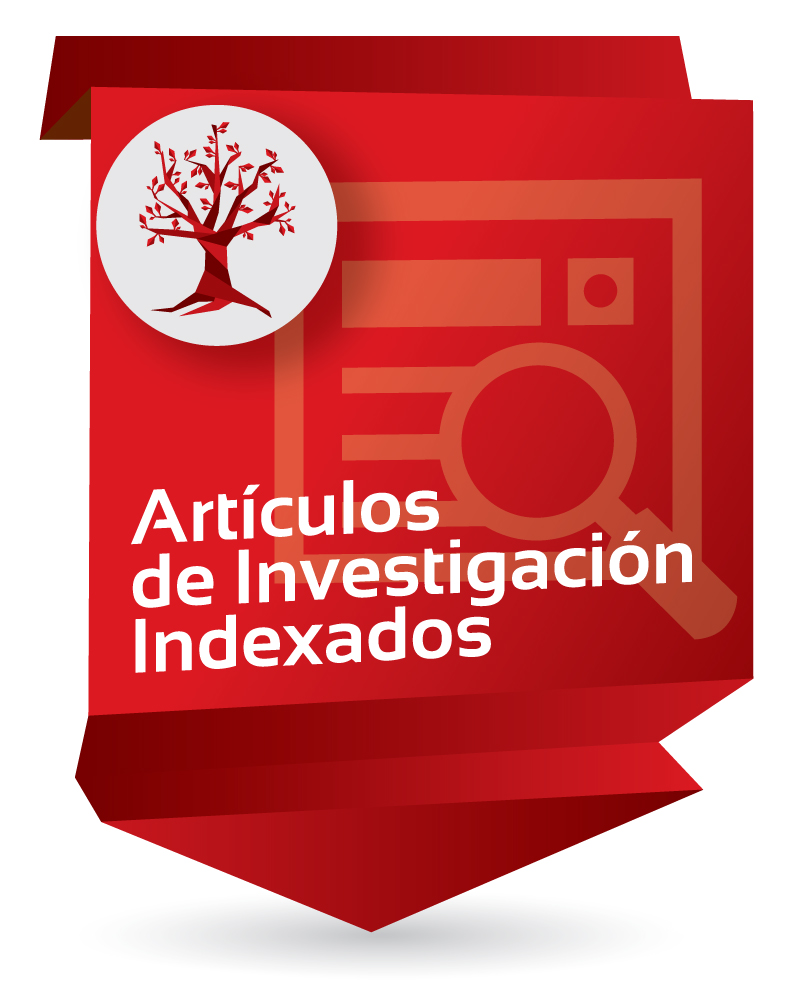Polycyclic aromatic hydrocarbons (PAHs) in human breast milk from Colombia: Spatial occurrence, sources and probabilistic risk assessment
Hidrocarburos aromáticos policíclicos (HAP) en leche materna humana de Colombia: ocurrencia espacial, fuentes y evaluación probabilística de riesgo

Item Links
URI: http://hdl.handle.net/10818/51129Visitar enlace: https://www.sciencedirect.com/ ...
DOI: 10.1016/j.envres.2021.111981
Compartir
Statistics
View Usage StatisticsBibliographic cataloging
Show full item recordAuthor
Torres Moreno, Carolina; Puente De laCruz, Laura; Codling, Garry; |Villad, Aída L; Coboe, Martha; Klanova, Jana; Johnson Restrepo, BorisDate
2022Abstract
The diet is the main route that polycyclic aromatic hydrocarbons (PAHs) enter the body and measuring breast milk is one of the best ways to understand the maternal body burden and can be passed on to infants. In this study, it was determinate the concentrations of 23 PAHs in 60 milk samples taken from 3 cities in Colombia and to determine the potential routes of exposure and risk to human health. On average, concentration for the ∑PAHs across all locations was 186.6 ng g−1, lipid mass (LM), with city means of 260.1, 175.7, and 123.9 ng g−1 LM for Cartagena, Bogota and Medellin, respectively. Monte Carlo simulations were used to estimate the hazard quotient (HQ) and incremental lifetime cancer risk (ILCR) for infant dietary exposure to PAHs. HQs were below the safe thresholds (HQ = 1) while ILCRs were greater than the reference value equal to 10−6 (mg kg−1day−1). Dietary source assessment indicated that fish is a significant source of PAHs, with mothers that consumed fish at least once per week having ∼2.5 times greater PAH milk concentrations than other groups. While a disparity was also observed among consumers of exclusively marine (∑PAHs 198.5 ng g−1 LM) or freshwater fish (∑PAHs 85.7 ng g−1 LM). However, geographical considerations can be significant in this finding. La dieta es la ruta principal por la que los hidrocarburos aromáticos policíclicos (HAP) ingresan al cuerpo y medir la leche materna es una de las mejores formas de comprender la carga corporal materna y puede transmitirse a los bebés. En este estudio se determinaron las concentraciones de 23 PAHs en 60 muestras de leche tomadas de 3 ciudades de Colombia y determinar las posibles vías de exposición y riesgo para la salud humana. En promedio, la concentración de ∑PAH en todas las ubicaciones fue de 186,6 ng g−1, masa lipídica (LM), con medias de ciudad de 260,1, 175,7 y 123,9 ng g−1 LM para Cartagena, Bogotá y Medellín, respectivamente. Se utilizaron simulaciones de Monte Carlo para estimar el cociente de riesgo (HQ) y el riesgo incremental de cáncer a lo largo de la vida (ILCR) para la exposición dietética infantil a HAP. Los HQ estaban por debajo de los umbrales de seguridad (HQ = 1) mientras que los ILCR estaban por encima del valor de referencia igual a 10−6 (mg kg−1día−1). La evaluación de la fuente dietética indicó que el pescado es una fuente importante de HAP, y las madres que consumían pescado al menos una vez por semana tenían concentraciones de PAH en la leche ~2,5 veces mayores que otros grupos. Mientras que también se observó una disparidad entre los consumidores de pescado exclusivamente marino (∑PAHs 198,5 ng g−1 LM) o de agua dulce (∑PAHs 85,7 ng g−1 LM). Sin embargo, las consideraciones geográficas pueden ser significativas en este hallazgo.
Keywords
Ubication
Environmental Research
Volume 204, Part B, March 2022, 111982
Collections to which it belong
- Facultad de Ingeniería [585]

















